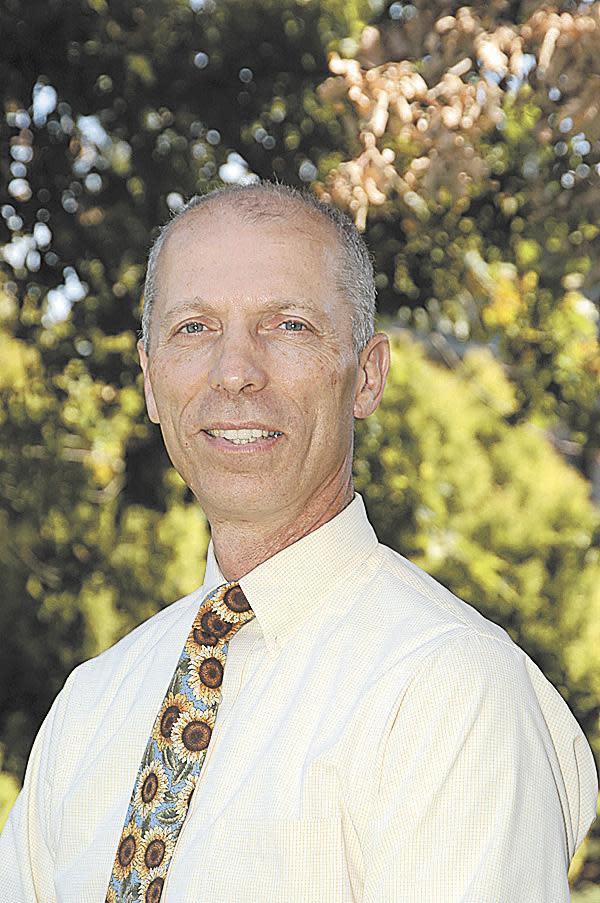LOOKING BACK AT OUR HISTORY: Race, racism and me
Note: This is the first in a series of essays on “Race and Racism in America.”
Race and racism comprise one of the great fault lines that continue to rend American society.
W.E.B. Dubois, the greatest African American voice of the first half of the 20th century, wrote in 1903: “… for the problem of the Twentieth Century is the problem of the color line.”
Martin Luther King Jr., in his final book before his assassination in 1968, wrote, “This long and callous sojourn in the far country of racism has brought a moral and spiritual famine to the nation. But it is not too late to return home.”
With the celebration of his birthday and with Black History Month approaching, I now force myself to consider and write about this fraught subject. If you have read my earlier columns, you know that I have written about it before, however, only on historical subjects. While integrating history, I hope with this series to engage its current dimensions.

For your benefit as well as mine, it is fitting as a first step to examine my own background on this subject. Come take this journey with me.
My earliest recollection of any type of racism — evidence of an attitude of superiority of one race over another — in my extended family is the use among my many Italian American aunts and uncles of the Italian word for eggplant (moulinyan) to refer to African Americans. As a boy, I could sense that this was a put-down word, however, not as demeaning as other well-known racial slurs. I placed it next to the other words used to put down boys of other nationalities, such as German, Irish and Hispanic/Latino heritage, who made up our small town of Hasbrouck Heights, New Jersey.
I grew up with no African Americans or people of color — none in elementary, middle or high school. Certainly, there were darker skinned schoolmates, but none with other African physical traits. This stemmed from the absence of people of color in our town in the 1950s and early 1960s. I eventually became old enough to discern this and assumed some type of conspiracy among realtors.
In competitive, scholastic sports, I played against athletes of color, but never with any.
When my father, a lover of music, took my brother and me in 1960 and also in 1961 to “Murray the K’s Holiday Review” in Brooklyn, New York, I had never seen and mingled with so many people of color. The audience was multi-racial because the show was, featuring many of the top rock-and-roll artists. There was Del Shannon and The Angels, but also Ben E. King and Smokey Robinson and the Miracles. There was even a multi-racial group, The Marcels, who — singing their doo-wop version of “Blue Moon” — sent me to the moon.
When the Isley Brothers sang their hit, “Shout,” for the finale of one show, blacks and whites mingled and danced in the aisles. At the early age of 12, I noted how music could transcend the color line.
During the summer months, my father, a massage therapist (mother was a housewife), took Thursdays off, allowing our family of five to drive the hour north to Lake Sebago in southern New York state. Friends and extended family often joined us, allowing much rough and tumble on the beach and in the water.
After lunch, we boys might explore the surrounding shore and woods. It was on one such Thursday, perhaps in 1960, that we walked the shoreline. Several hundred yards from our beach we walked around the bend and found ourselves in another, well-populated beach area; however, this beach was filled with people of color.
And then it happened. I thought I recognized Elston Howard. (I proceed with some trepidation, knowing I am talking about a New York Yankee here in Red Sox Nation.) Howard was the first African American on the Yankees, during that marvelous stretch when they usually won not only the American League pennant, but also the World Series. Howard spent 13 years with the Yankees (1955-1967), and was the starting catcher from 1960 to 1966. He earned the American League MVP in 1963, becoming the first black player in AL history to accomplish this feat. I watched him on TV frequently as all of my family were avid Yankee fans.
As a young teenager, I remember being a bit confused by this separation of the races at our favorite lake and by the fact that one of my baseball idols had to swim around the bend and out of sight from where I swam.
Fred Zilian (zilianblog.com; Twitter: @FredZilian) is a retired educator and a regular columnist.
This article originally appeared on Newport Daily News: LOOKING BACK AT OUR HISTORY: Race, racism and me
